Table of Contents
Introduction to Coriander Seeds and Ground Coriander
Coriander (also known as cilantro in some regions) is a versatile spice used globally in cooking. This guide explains the key differences between coriander seeds and ground coriander, their best uses, and how to maximize flavor in your dishes. Whether you're a home cook or professional chef, understanding these forms will improve your culinary results.
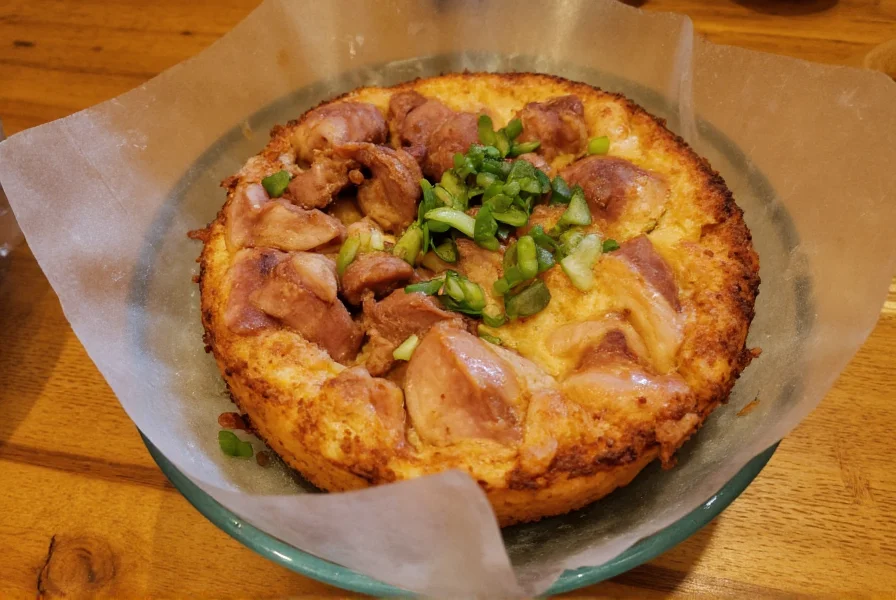
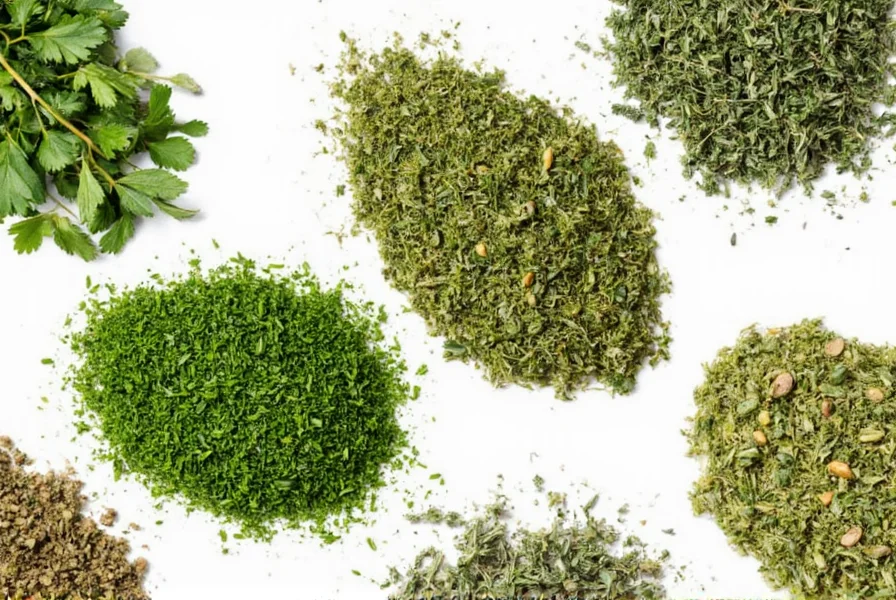
Coriander seeds are the dried, hard seeds of the coriander plant, offering a nutty, citrusy aroma. Ground coriander is made by grinding these seeds into a fine powder, resulting in a more intense, concentrated flavor. The choice between them depends on the recipe—whole seeds add texture and subtle notes, while ground coriander blends seamlessly into sauces, curries, and spice mixes.
Practical Tips for Using Coriander Seeds and Ground Coriander
- Toast whole seeds before grinding: Dry-toast seeds in a pan for 2-3 minutes to unlock deeper flavors before grinding.
- Use ground coriander sparingly: It's more potent than seeds; start with 1/4 teaspoon per serving and adjust to taste.
- Pair with complementary spices: Combine with cumin, turmeric, or cinnamon for Indian, Middle Eastern, or Mexican dishes.
- Store properly: Keep seeds in airtight containers for up to 1 year; ground coriander should be used within 3-6 months for peak freshness.
- Experiment in baking: Add ground coriander to breads, cookies, or cakes for a warm, aromatic twist.
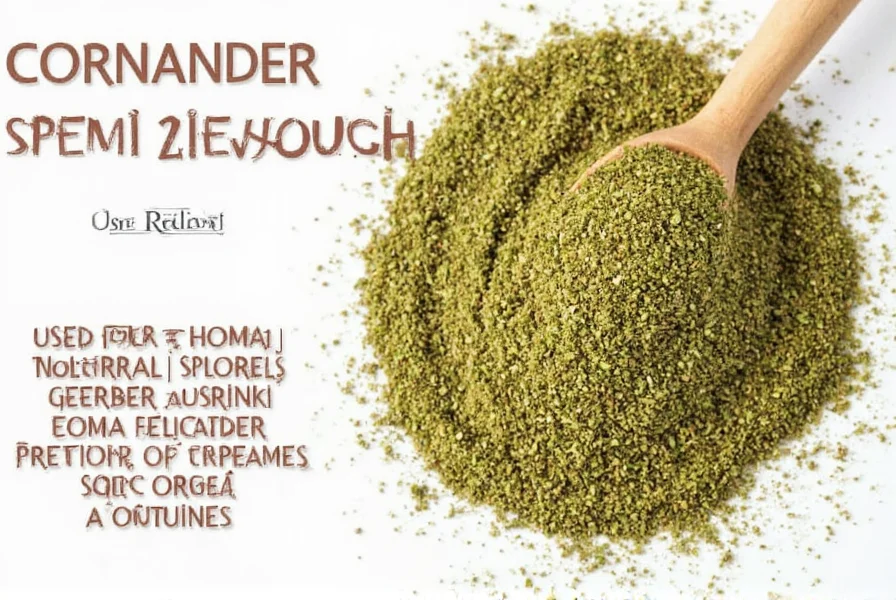
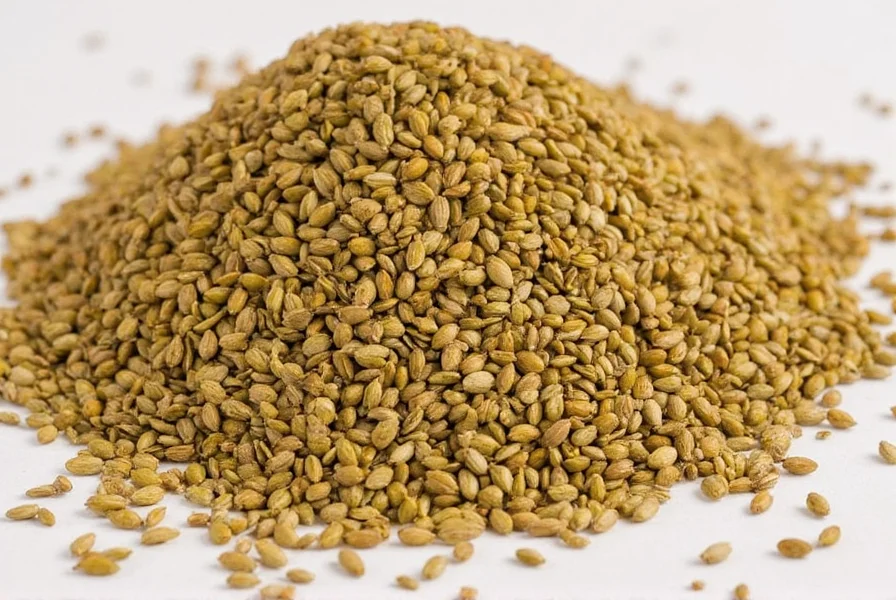
For spice blends like garam masala or ras el hanout, freshly ground coriander provides superior flavor. Add ground coriander early in cooking for curries or stews to allow full flavor infusion.
| Feature | Coriander Seeds | Ground Coriander |
|---|---|---|
| Flavor Intensity | Moderate, nutty, and citrusy | Stronger, more concentrated |
| Texture | Hard, crunchy when whole | Fine, powdery |
| Best Usage | Whole in slow-cooked dishes, toasted for spice blends | Added directly to sauces, soups, or baked goods |
| Storage Life | Up to 1 year | 3-6 months |
| Recipe Examples | Indian dals, pickling brines, dry rubs | Curry pastes, marinades, spice cakes |
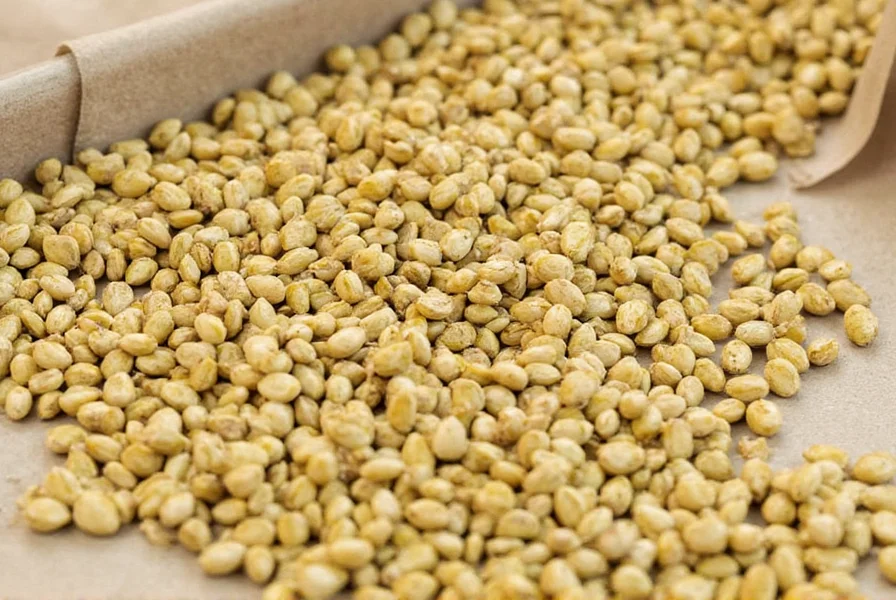
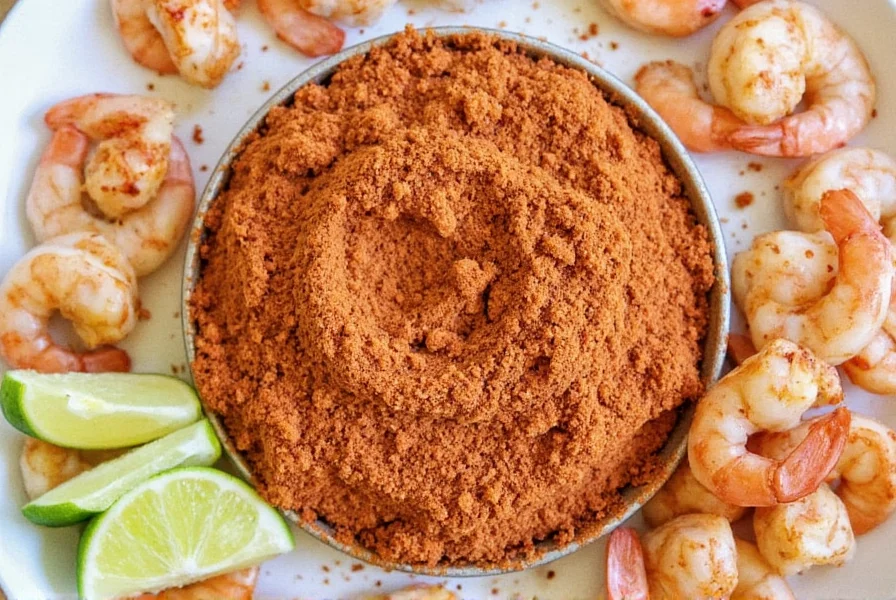
Buying Guide: Choosing the Best Coriander Products
For Coriander Seeds
- Look for whole, uniform seeds: Avoid broken or discolored seeds; fresh seeds should have a vibrant green-brown color and no musty smell.
- Choose organic options: Organic seeds are free from synthetic pesticides and ideal for health-conscious cooks.
- Check origin: Indian coriander seeds offer a classic citrus profile; Mexican varieties are slightly sweeter; Middle Eastern types are more earthy.
For Ground Coriander
- Opt for freshly ground: Buy small quantities or grind your own seeds for maximum potency—pre-ground powder loses flavor quickly.
- Avoid additives: Ensure pure coriander powder without fillers like rice or other spices.
- Consider grind size: Fine grind for sauces; medium-coarse for dry rubs or toppings.
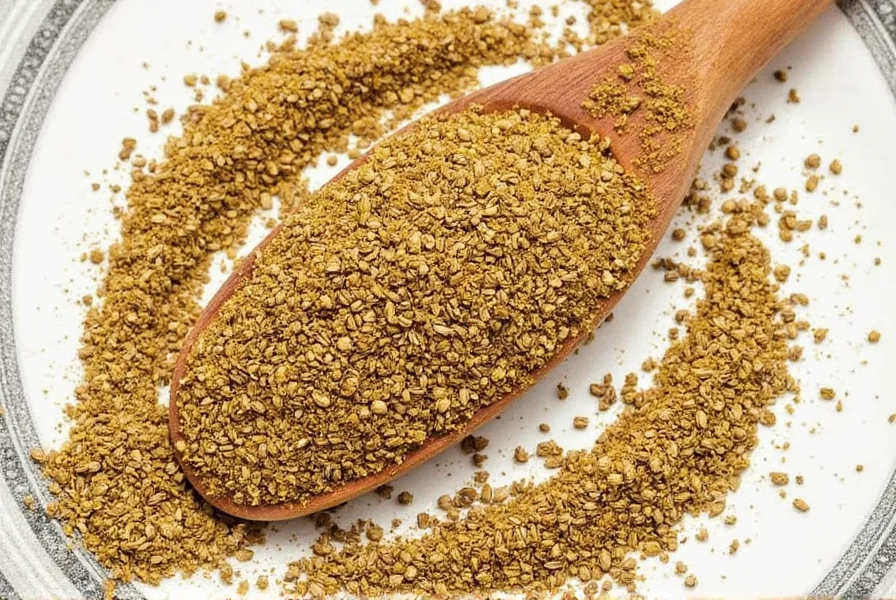
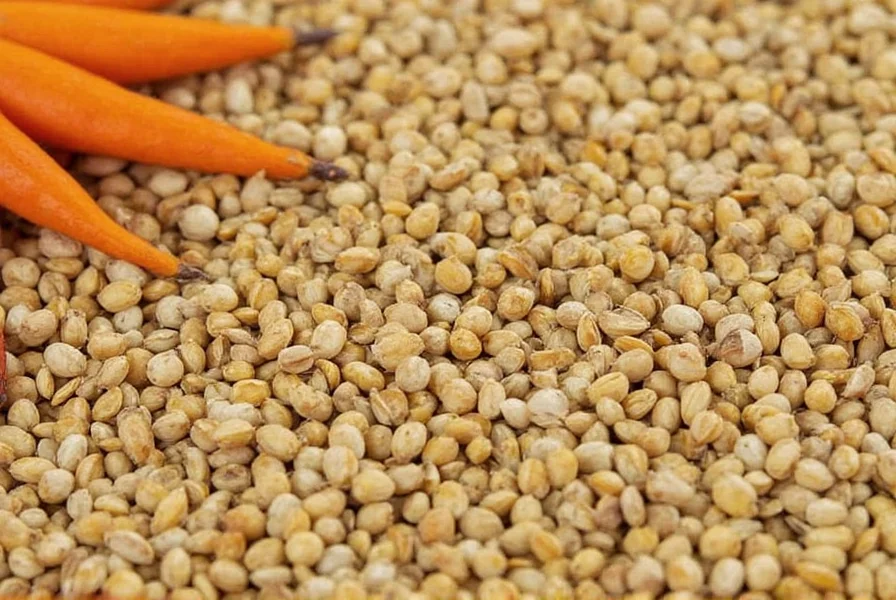
For specific needs:
- Organic Coriander Seeds (Brand X): Perfect for traditional recipes and spice blending; sourced from sustainable farms.
- Homemade Ground Coriander (Brand Y): Made from freshly toasted seeds; ideal for immediate use in curries or marinades.
- Pre-Made Spice Blends (Brand Z): Convenient for beginners; includes coriander with complementary spices like cumin and turmeric.
Conclusion
Coriander seeds and ground coriander serve distinct purposes in cooking. Whole seeds add texture and subtle depth to slow-cooked dishes, while ground coriander delivers intense flavor in sauces and spice mixes. Always store them properly to maintain freshness, and prioritize fresh grinding for the best results. With this knowledge, you can confidently choose the right form for any recipe and elevate your dishes from ordinary to extraordinary.
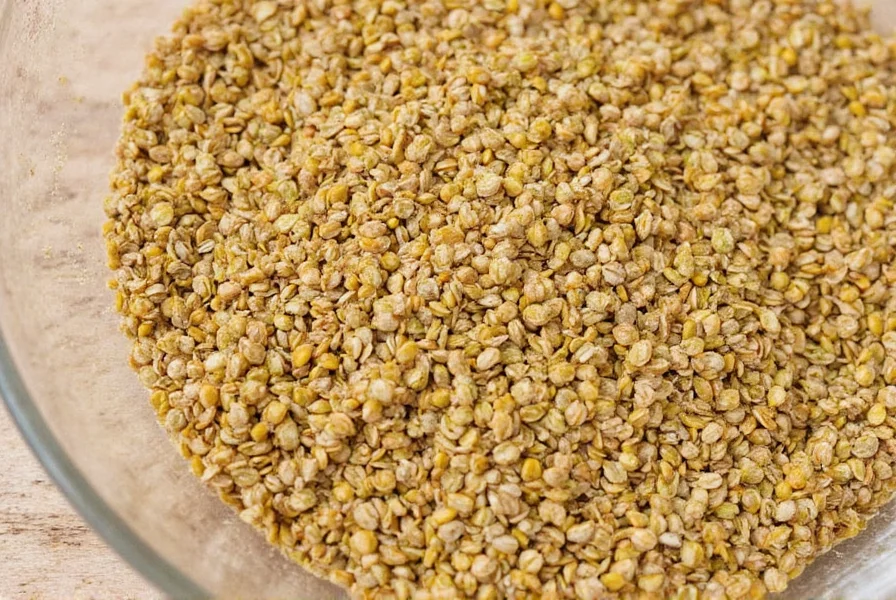


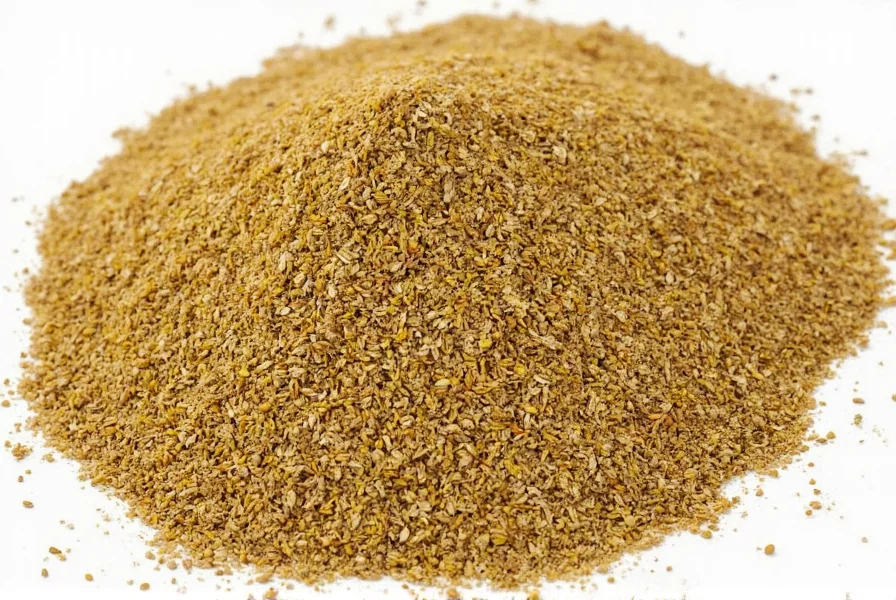









 浙公网安备
33010002000092号
浙公网安备
33010002000092号 浙B2-20120091-4
浙B2-20120091-4